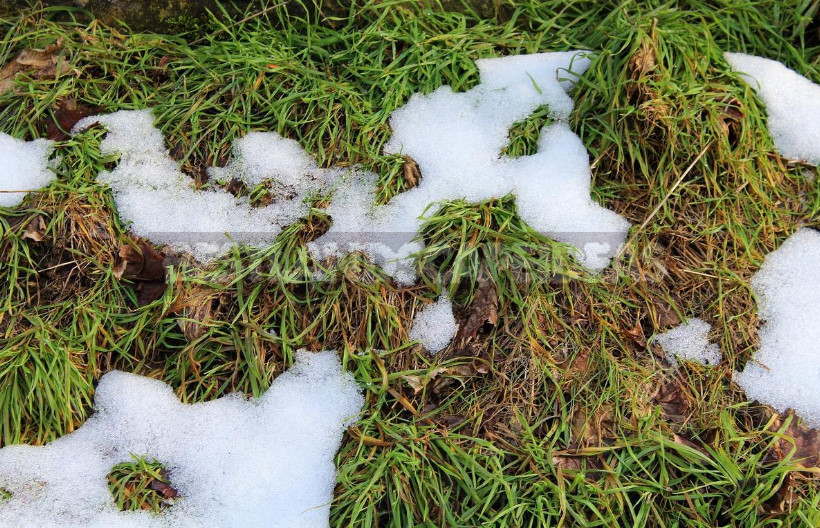
- …after a walk on the lawn for a long time there are traces?;
- …footprints after walking, even if they are well spilled?;
- …the lawn looks stale, somehow dark, even blue-green in color?;
- … the lawn is green-yellow, with partially dead grass stems, weakly growing?;
- …the grass on the lawn almost does not grow, and after” combing ” with a rake, bald spots are visible?;
- …there was moss and clogged grass on the lawn?;
- …the lawn is a good color, well-fed, but still grows slowly?;
A cheerful green lawn near the house is a dream for someone, for someone an object of pride and an object of trembling care. And for someone-a source of constant grief: the grass does not grow well, weeds torment, then there are some spots, bald spots, and as a result, instead of a flat lawn in front of the porch, something strange and untidy spreads out…
Fortunately, most lawn problems have a solution, and you may well be able to fix it! So, what to do if…
…after a walk on the lawn for a long time there are traces?
There is insufficient internal pressure in the grass stems, because of this, they are not able to straighten after pressing. They don’t have enough water. Your lawn is wilting. Quickly pour water on it !
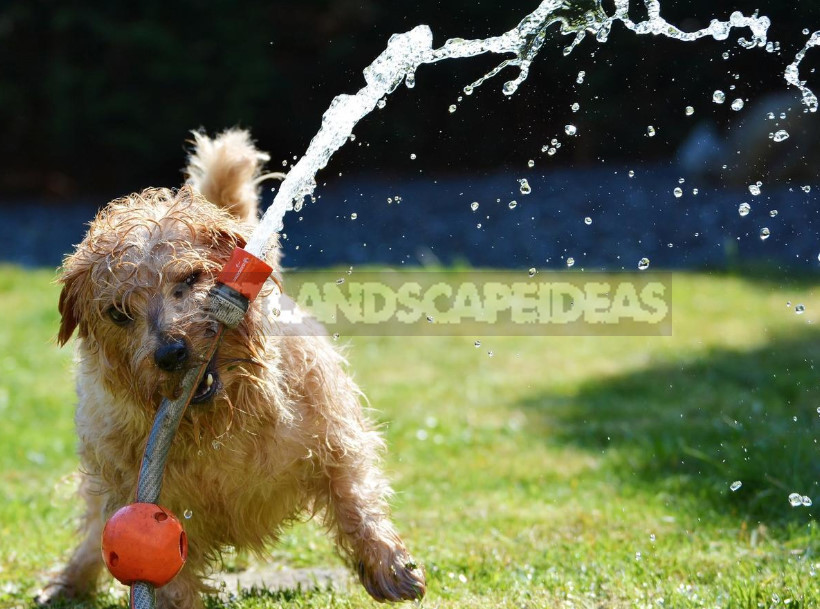
…footprints after walking, even if they are well spilled?
Obviously, it grows very quickly, so the stems are fragile, not so elastic. There is an overabundance of nitrogen in the soil. Limit the application of nitrogen fertilizers.
…the lawn looks stale, somehow dark, even blue-green in color?
This can be a signal that the soil is low in organic matter, it is overfed and has a high acidity. And the lack of copper, which is involved in the process of breathing. The lawn needs organic fertilizer with the addition of copper. In this way, you will lower the pH level and make it easier for oxygen to reach the roots.
… the lawn is green-yellow, with partially dead grass stems, weakly growing?
Perhaps it lacks nitrogen. As an ambulance, fast-acting fertilizers are recommended, followed by the introduction of a thorough top dressing. A possible cause may also be the condition of the grass cover, in which the nitrogen fertilizers applied are not absorbed.
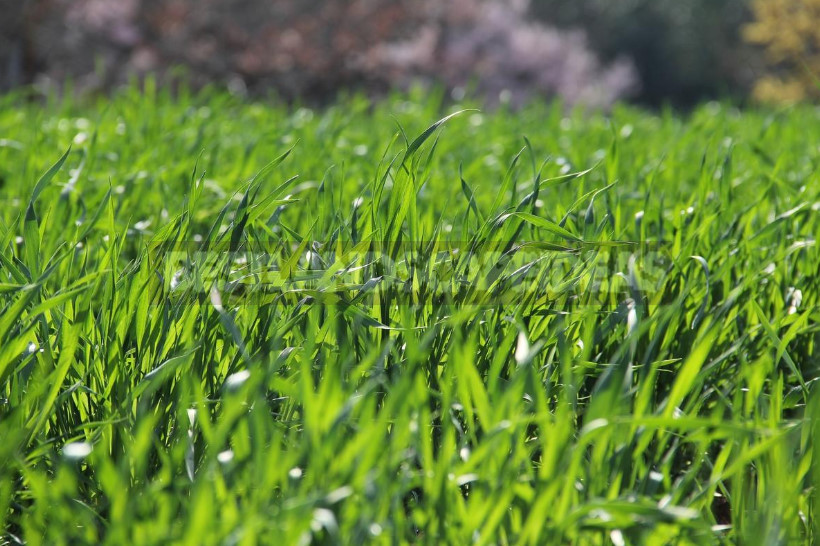
You need to ventilate your lawn regularly. First in one direction, then diagonally, and then across. During the season, this procedure is repeated two more times. To do this, the farm is useful to have a special unit-an aerator, with which it is quite easy to ventilate the lawn.
…the grass on the lawn almost does not grow, and after” combing ” with a rake, bald spots are visible?
Either the lawn is smothered by a layer of “felt” formed from the remains of mown grass, or it simply does not have enough phosphorus, which is necessary for the growth of new shoots. The third reason may be the very low position of the lawnmower, in which you affect the types of grass that do not tolerate frequent and low mowing. Pierce the soil with a pitchfork to a depth of 5-7 cm (2-2.7 inches) and check the pH level (normally about 6), which affects the absorption of phosphorus by the roots. Be careful with the phosphorus! Its excess also inhibits the growth of grass.
…there was moss and clogged grass on the lawn?
Your lawn is dark and cold. These conditions, combined with a low pH, create ideal conditions for moss growth. Pierce the lawn covering over the entire area of the lawn to a depth of 4-5 cm (1.6-2 inches), increase the level of soil acidity by applying slaked lime and sow the lawn with a special grass mixture for shaded areas.

…the lawn is a good color, well-fed, but still grows slowly?
This may be caused by a zinc deficiency. Its presence in the soil regulates the consumption of sugars by grasses, which means that if this element is deficient, they will not have enough energy to grow. There should be enough zinc in the ground, as long as it is there. Again, the acidity of the medium is to blame. Check the pH level (optimal-from 5.5 to 6.5). You may have “overdone” the acidity and added too much lime. Correct the situation by adding zinc sulfate (2 g/0.07 oz to 10 liters of water).
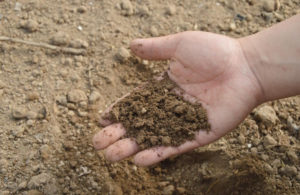
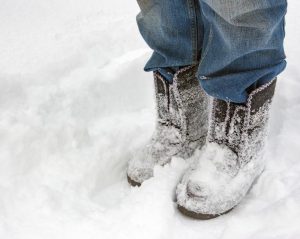


Leave a Reply